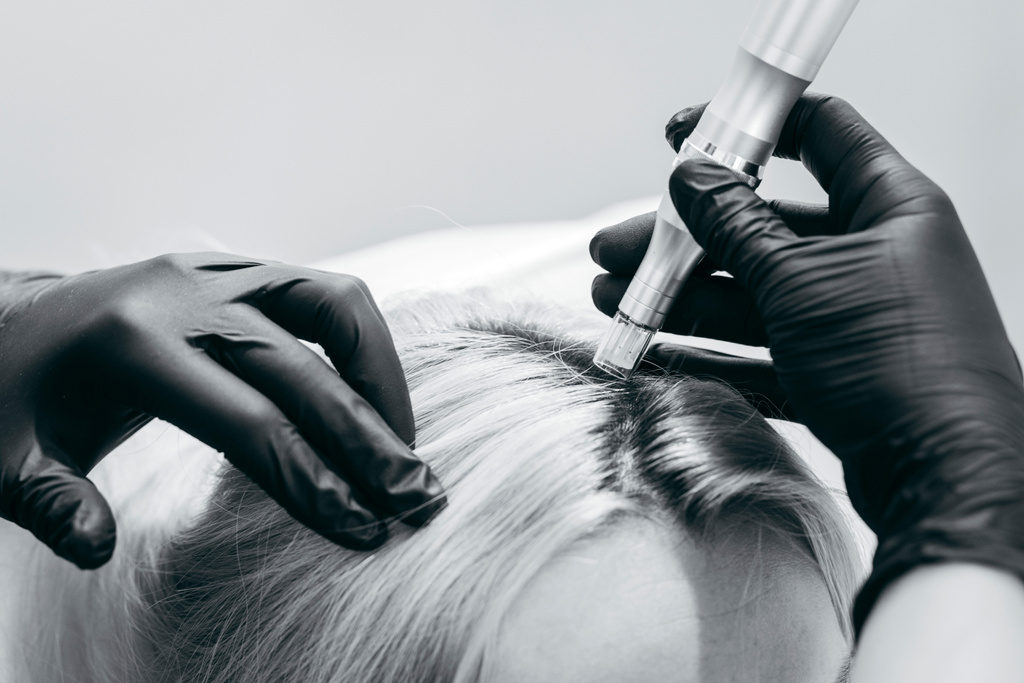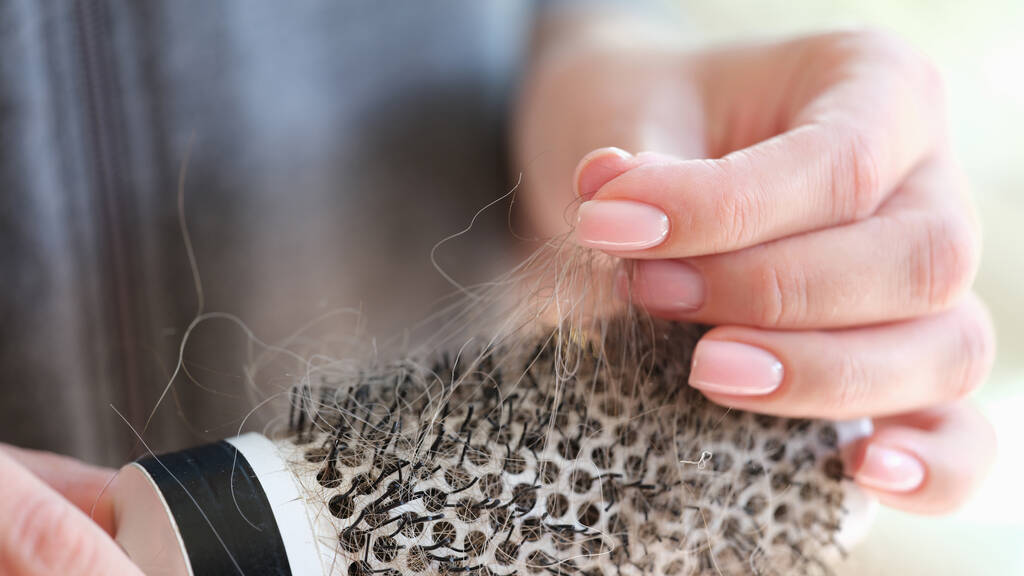4 min read
682 words
When it comes to hair loss, women face unique challenges and considerations compared to men. While hair transplants have long been associated with male pattern baldness, an increasing number of women are turning to hair transplantation as a solution for hair thinning and loss. However, navigating the various options available can be overwhelming. Understanding the different types of hair transplant procedures and which may be right for you is essential in making an informed decision about restoring your hair and confidence.
The Power of FUE

One of the most common types of hair transplant procedures for women is follicular unit extraction (FUE). Whether you’re doing a FUE hair transplant Los Angeles or elsewhere, it is good to understand how the procedure works. FUE involves harvesting individual hair follicles from a donor site, typically the back or sides of the scalp, and transplanting them into thinning or balding areas. This technique offers several advantages, including minimal scarring and a quicker recovery time compared to traditional strip harvesting methods. Additionally, FUE allows for greater precision in transplanting hair follicles, resulting in a more natural-looking outcome.
How To Get the Most Out of FUT
Another option for women considering hair transplantation is follicular unit transplantation (FUT). You may also hear this referred to as strip harvesting. Unlike FUE, FUT involves removing a strip of scalp tissue from the donor area and dissecting it into individual follicular units for transplantation. While FUT may be suitable for some women, it tends to leave a linear scar along the donor site. This may be more noticeable than FUE, particularly for those who prefer to wear their hair short. Therefore, it is very important that women consult with their doctors and other hair experts as to how the procedure will impact them personally.
Harnessing the Power of Robots: A Futuristic Option
In addition to FUE and FUT, there are alternative methods of hair transplantation that may be suitable for certain women. This, of course, will depend on their individual needs and preferences. One such method is robotic hair transplantation. This procedure utilizes advanced robotic technology to assist in the harvesting and transplantation of hair follicles. Robotic hair transplantation offers increased precision and accuracy. Many believe that robots will potentially lead to improved outcomes and a more efficient procedure. As technology improves, this is expected to become even more advanced — and popular.
Other Options for Restoring Thick, Beautiful Hair

Furthermore, women experiencing hair loss may benefit from non-surgical hair restoration options. These include platelet-rich plasma (PRP) therapy and low-level laser therapy (LLLT). PRP therapy involves injecting a concentrated solution of platelets derived from the patient’s blood into the scalp to stimulate hair growth. LLLT, on the other hand, uses low-level laser light to energize hair follicles and promote hair regrowth. While these treatments may not provide the same permanent results as surgical hair transplantation, they can be effective in slowing down hair loss and improving overall hair health. For those who are seeking out options that don’t involve surgery, the aforementioned services might truly transform their lives.
Talk to an Expert
When considering which hair transplant option is right for you, it’s essential to consult with a board-certified hair restoration specialist. They can assess your specific needs and goals. A thorough evaluation of your scalp, hair loss pattern, and medical history will help determine the most appropriate treatment plan for achieving optimal results. Additionally, discussing your expectations, lifestyle, and budget with your hair transplant surgeon can help ensure that you make an informed decision. This ensures that all is aligned with your individual circumstances.
Conclusion

In conclusion, women experiencing hair loss have several options when it comes to hair transplantation, including FUE, FUT, robotic hair transplantation, and non-surgical treatments like PRP therapy and LLLT. Each method offers unique advantages, and the right choice depends on factors such as your hair loss pattern, desired outcome, and personal preferences. By consulting with a qualified hair restoration specialist and thoroughly researching your options, you can make an informed decision about which hair transplant procedure is right for you, ultimately restoring your hair.

Women experiencing hair loss have several options when it comes to hair transplantation, including FUE, FUT, robotic hair transplantation, and non-surgical treatments like PRP therapy and LLLT.